Continuous improvement is an idea that comes from the business world. After World War II, Japanese manufacturers invited W. Edwards Deming, an American engineer, professor, and management consultant, to their country to help them improve their manufacturing and production processes.
Before the war, Japan was synonymous with cheap goods and shoddy craftsmanship. Deming taught leaders that improving the quality of their products would reduce expenses while increasing productivity and market share.
“It’s simple. You just take something, and then you do something to it. Then you do something else to it. And then something else. Keep this up and pretty soon you’ve got something.”
-Jasper Johns, Twentieth century American artist (who, incidentally, grew up near my hometown)
In 1982, Deming published a book, Out of the Crisis, outlining his philosophy. “Long-term commitment to new learning and new philosophy is required of any management that seeks transformation. The timid and the fainthearted, and the people that expect quick results, are doomed to disappointment.”
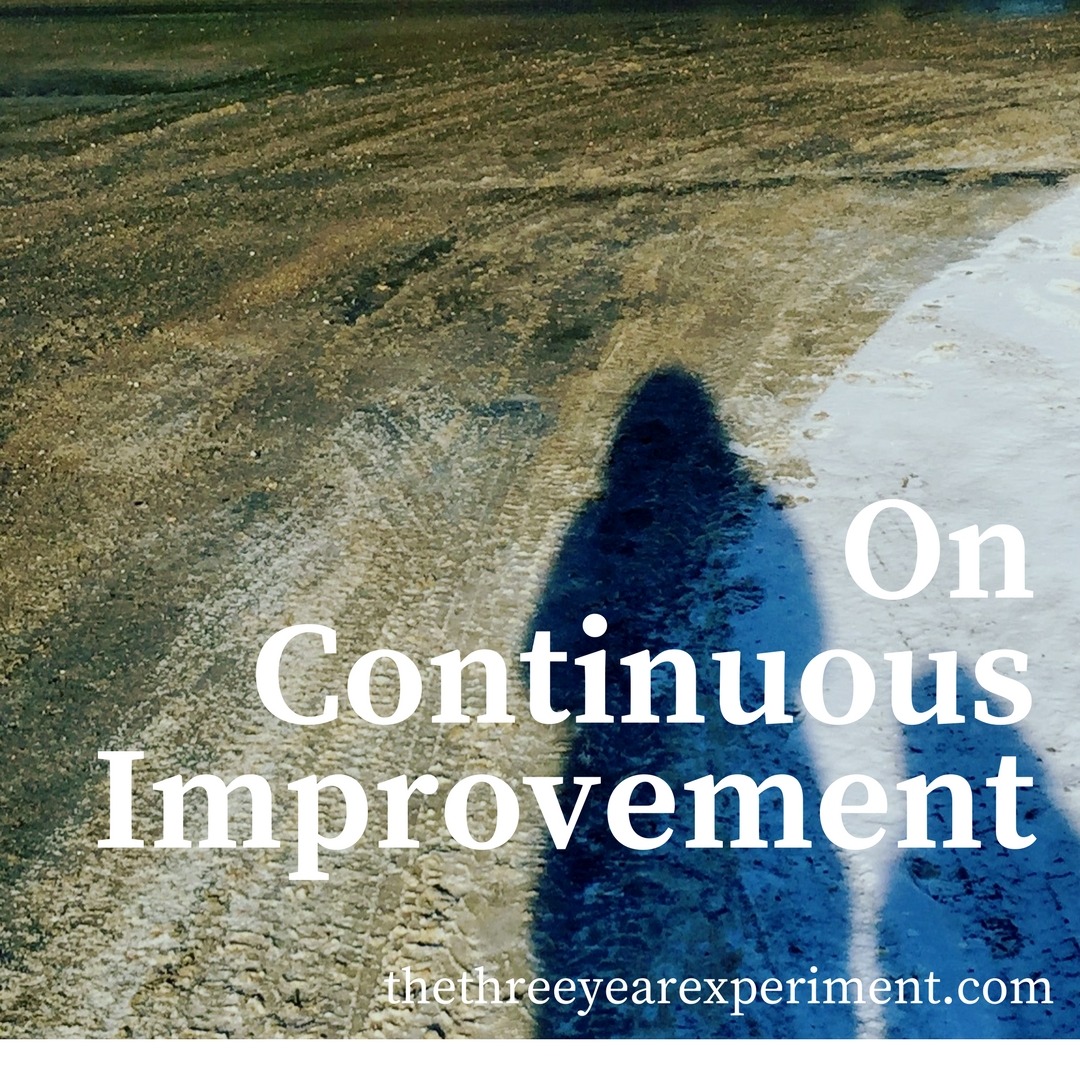
Kaizen
The Japanese took this information and used it to transform their economy in the 1950s and 1960s. They eventually came to name the process taught by Deming and implemented and perfected by their business leaders kaizen, a combination of two Japanese words that mean “Good change” or “Change for the better.” In the West, we call the process continuous improvement, Six Sigma, or lean manufacturing.
I’m not an engineer, and I’ve never worked in a business that uses a Continuous Improvement business model. But applying the principals behind Continuous Improvement can make sense in personal finance, too.
Related Reading:
PDCA for the Win!
One part of continuous improvement is the PDCA (Plan-Do-Check-Act) Cycle, also known as the Deming Cycle.
- Plan: Find a place to improve and plan to make a change.
- Do: Start small, and change on a small scale.
- Check: Use data to see if the change had an impact.
- Act: If it worked, act on a bigger scale. If not, start over, and try something new.
Let’s take an example from The Three Years’ scintillating actual life.
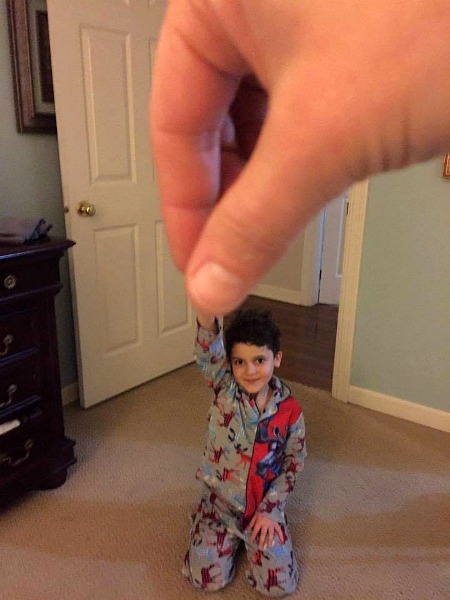
- Plan: For years, we always went over budget in at least two or three categories of our budget. We needed to make a change.
- Do: We started using a new budgeting software (check out my review). We started small–I did not buy the software, but signed up for a free trial.
- Check: I looked at data, to see if the change had any impact. For our trial period, we didn’t go over in any categories, even though we did move money from one category to another. The design of YNAB seems to make it easier not to go over budget.
- Act: It worked. So we bought the software, linked all our accounts, and moved ahead full force with YNAB.com.

Keep it Focused
We limit our continuous improvement to our big hairy goal: doubling our net worth in three years. If we tried to focus on improving everything, we’d end up focusing on nothing at all. Luckily, there’s a lot of things we can improve inside that goal, like our budgeting.
Continuous Improvement is about the big results you get from lots of small changes like these, accumulated over time. But that doesn’t mean that these changes will be constant, or that they’ll all be small. Sometimes, you can implement big, life-changing steps that move you radically forward toward your goal really fast. Then, you may stay stagnate for six months, when it doesn’t feel like you’re doing anything. We have to look at the broader trends over time to really get a good handle on how we’re improving at our goal, which is to double our net worth so we can become location independent.
Two Steps Forward, Two Steps Back
In that way, the phrase “continuous improvement” can be a misnomer, because over a small enough time frame, improvement can be very up-and-down. Sometimes, I get into a good life rhythm. School’s going well for the boys, work’s going well for me, Mr. ThreeYear is content. Our stock portfolio’s a-risen. It’s around this time of life that I figuratively pat myself on the back and think, “Why, I am the smartest, most competent individual around. I think I’ll go for a run to celebrate.”
Then, usually a day or two later, something happens to knock our good routine seriously off-kilter. Maybe we all get laid up with a stomach bug, necessitating many runs to our local uber-expensive convenience store for sustenance. Maybe the stock market tanks. It could be an inexplicable need to stuff my face with chocolate, lie around in the bed all weekend and get zero done, at which point I think, “I am a stuffed sausage. I have not gotten anything accomplished this weekend and I’ll never get anything accomplished again. Time for some more potato chips.”
Big Step Back
We’ve learned to think of continuous improvement as the forest-level trends, and not the tree-level rises and falls. One of the reasons I have yearly, and not monthly, financial goals, is for that very reason—some months are better than others, for earning and/or spending money, so looking what we achieved over twelve months’ time is a much more accurate representation of the direction of our financial situation than one month’s achievement.
I use my journal to write down a list, every month, of all the things I need to accomplish, to keep myself on track for the Quarterly Goals. That gives me a whole month to get everything on that list checked off. Even if I have to move it to the next month, I am making forward progress if I’m making a list and checking things off of it.
Tracking our yearly spending helps us see how we’re doing over twelve months. For us, the best indicator of continuous improvement is our savings rate. That’s a quick, forest-level indicator of two possible trends: 1. We’re spending less and/or 2. We’re earning more.
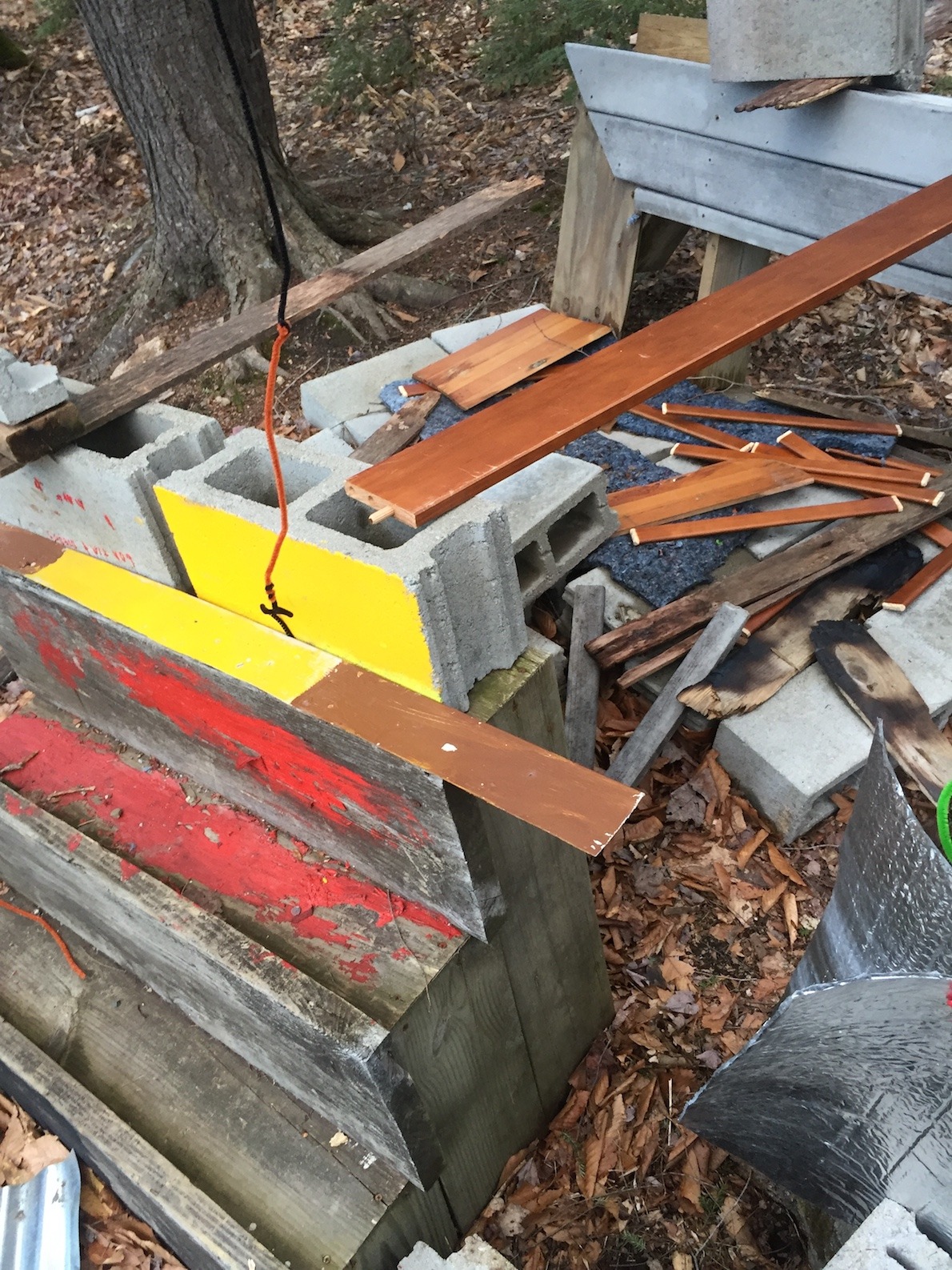
Each year that we’ve been tracking (five so far), we’ve tracked our net savings rate. Even during years where we earn less (like 2016, when I switched jobs, lowered my hours, and decreased my income by about half), if we keep our savings rate the same or increase it slightly, that shows us that we’re improving our savings ability. We’re becoming more efficient with our resources. So, even if it doesn’t feel like we’re making a whole lotta progress with our relatively “small” quarterly goals, if we’re patient, we can see over the year that we are continuously getting better at our savings and spending (or not!).
By tracking everything we spend, we can look for big trends and correct those. I realized, in January, that for the past five years, our grocery spending has trended upward (which coincided with me going back to work).
2013: $794
2014: $837
2015: $981
2016: $966
2017: $955
That’s why in 2018, we’ve embarked upon The Year of Good Food, in an attempt to cut our grocery spending by 20%.
In the end, like Woody Allen said, “80% of success is showing up.” If we focus on our goals for a long enough time frame, we’re going to improve on our ability to achieve them. When you start something new, it’s hard, and you don’t know what you’re doing. When we started to dig ourselves out of the financial hole we’d created back in 2008, it felt overwhelming. Not only did we have almost $40,000 in debt to pay off, we’d been through a lay off. We were in the midst of one of the worst financial meltdowns in US history and we had one income. Not even a year before, we’d just learned to get by on 45% of our income, after I’d stopped working to take care of ThreeYear Jr. We weren’t thinking about retiring early—we were thinking about keeping our heads above water.
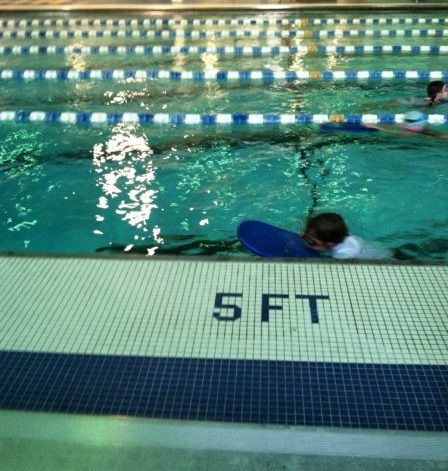
When we start out on a new path, it feels hard. That’s because it is hard. Those neural pathways aren’t worn-down paths in the snow; they’re deep trenches of fresh powder we have to use all of our force to push through. Mr. ThreeYear and I didn’t know how to get out of debt because we’d never done it before. The debt felt insurmountable because we’d had no experience paying off debt and building net worth before. When we first began to budget that month, it was a disaster. We didn’t know how much to set aside for gas, groceries, or diapers, because we’d never paid attention before.
But slowly, we began to figure things out. In August, the first month we budgeted, we forgot to budget for about ten categories. We didn’t have much extra to add to our debt, but we found a couple hundred extra dollars.
After six months, budgeting felt more automatic. We remembered to budget for bi-yearly or yearly expenses and added those in. We figured out how to adjust our budget if something new came up (ooh! Flights went on sale! Can we buy them now for our summer trip?). We still went over budget a lot, but we managed to decrease our overall spending.
As most of the process of becoming financially fit becomes more automatic, then it gets easier, and we’re able to focus on doing every part of it more efficiently.
Finally I’m able to focus on Travel Hacking, now that we’ve gotten our finances, spending, and saving (relatively) automated and under control. Because those other things have become almost automatic, and we have fantastic systems in place that we know work, we can free up mental space to try more PDCA experiments, and Plan-Do-Check-and-Act on other aspects of our finances where we can become more efficient.

Automation and freeing up our mental space allow continuous improvement to take place, yes, but the best thing we can do is just keep showing up, keep remembering our goals and why we’re continuously improving in the first place!
What about you? What have you gotten really good at, financially speaking, that used to be super hard for you?
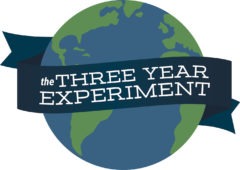
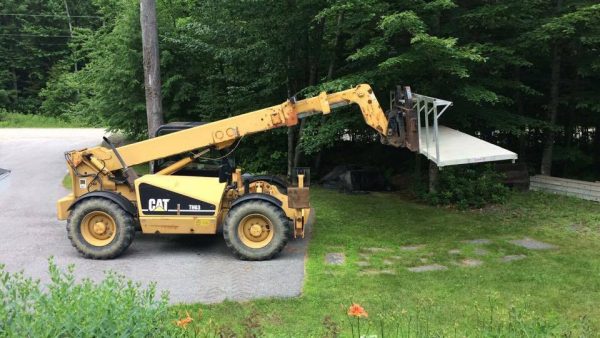

Grocery shopping is a constant learning curve for me – I’m still refining my strategy, and I’ve been doing it for my entire adult life! Currently we mostly shop at warehouse clubs and I only “clip” (print) coupons for a few things (warehouse club deals, diapers & paper towels). I’ve gone from not doing anything to lower the bill all the way to shopping at multiple stores with handfuls of coupons, and settled on this strategy for now. It’ll probably change again once my boys leave the house!
Liz, I am so right there with you! I feel like no matter what I do, I can’t seem to lower that bill very much (and I’ve tried everything–coupons, shopping once a month, multiple stores). Right now, I’ve sort of come to terms with our spending since we apparently love
to eat!! If you come up with any good strategies please let me know! 🙂
“Long-term commitment to new learning and new philosophy is required of any management that seeks transformation. The timid and the fainthearted, and the people that expect quick results, are doomed to disappointment.” I love this quote; it’s applicable to both business and personal projects. I have a new project I’m working on right now, and I have to admit that sometimes I struggle with looking at the whole thing and feeling overwhelmed. Great reminder to keep learning, investing and being patient. Our effort is often a great indication of the the result.
I agree–I think patience is the most underrated character trait out there. If I can just slow down and not be in such a hurry for results, things almost always go better for me.